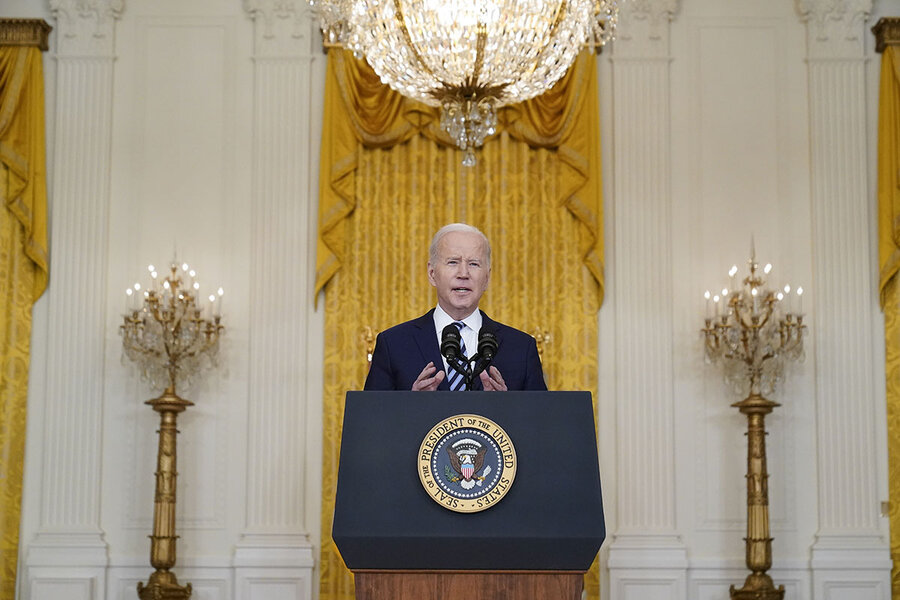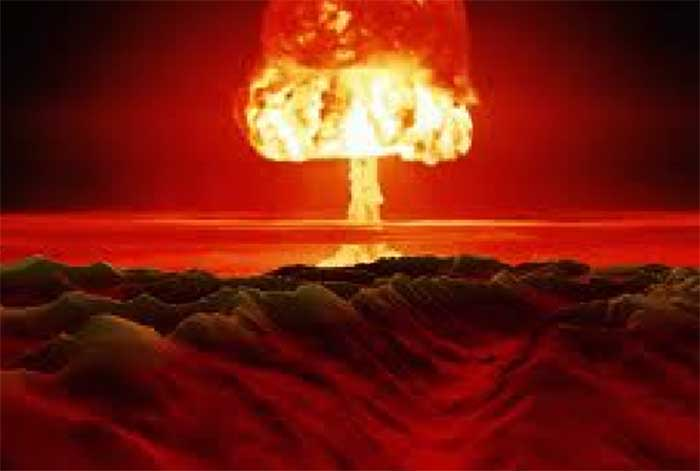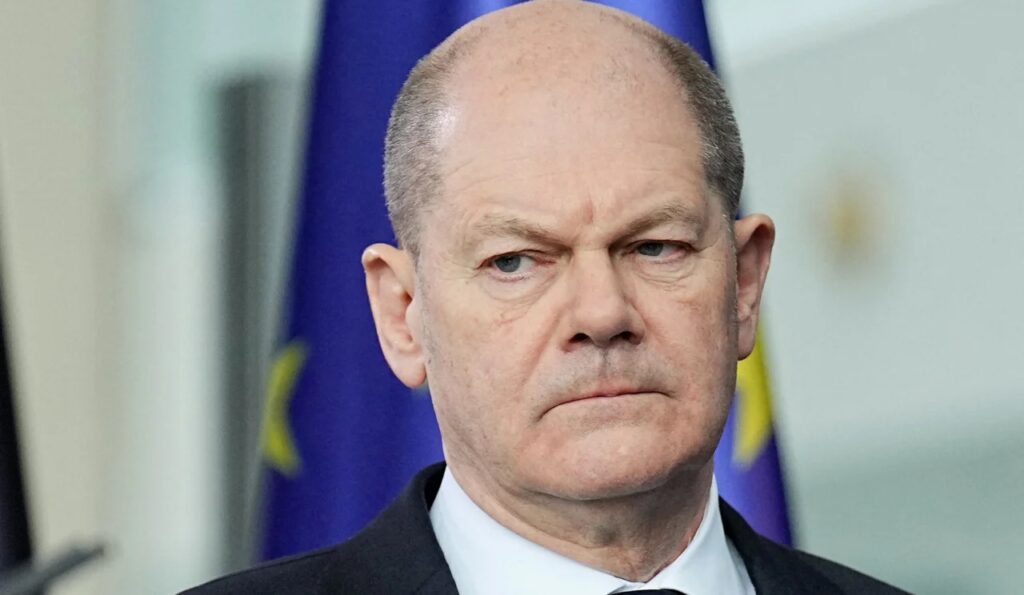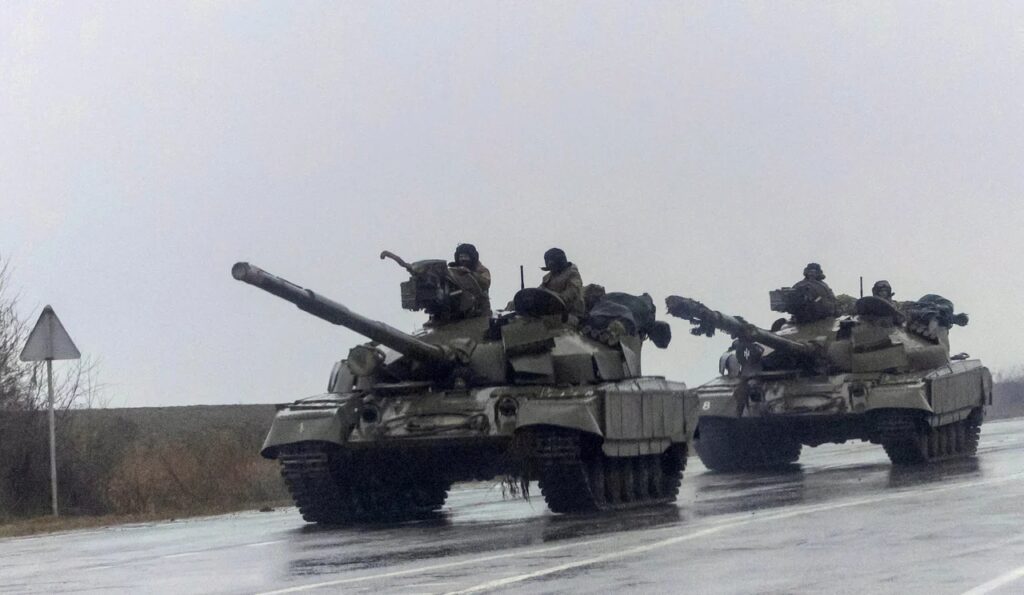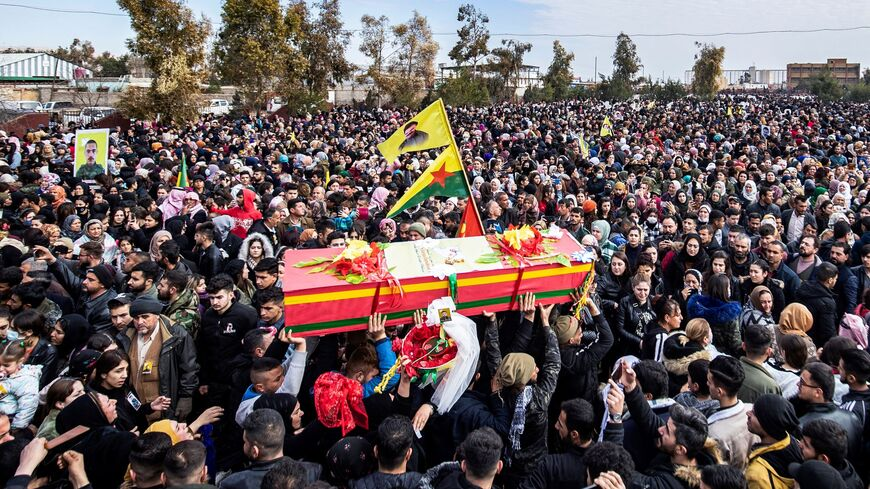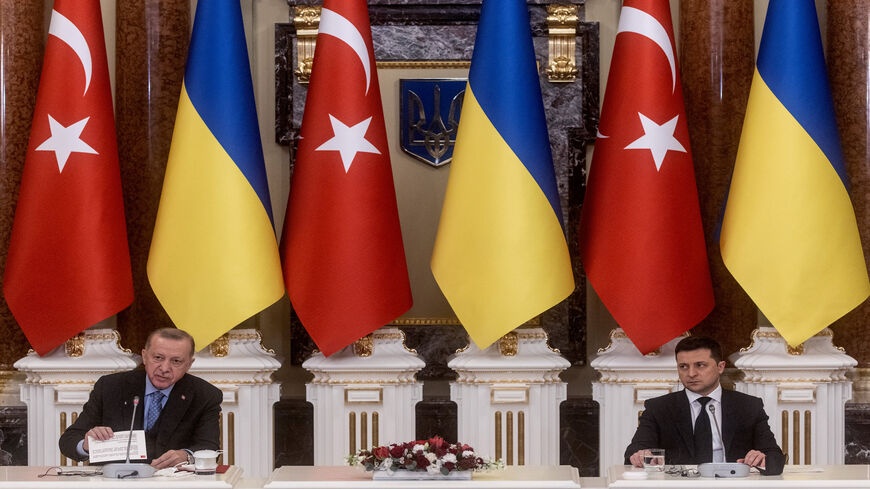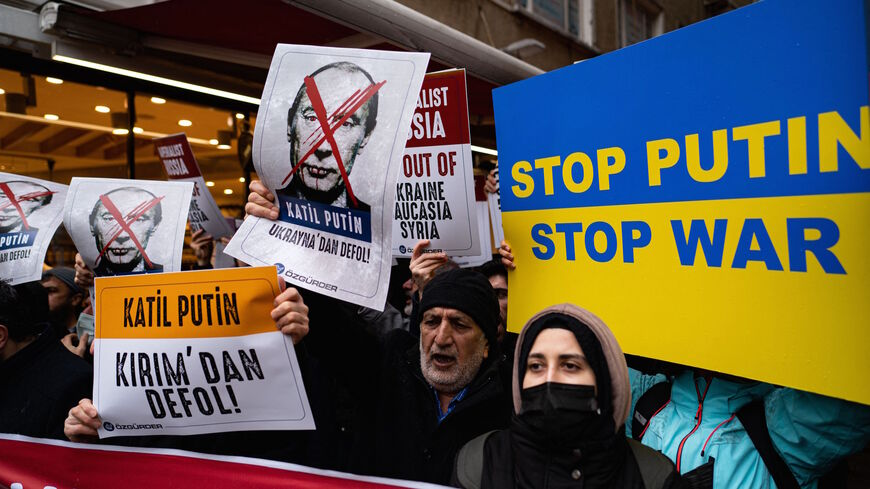How the U.S. Started a Cold War with Russia and Left Ukraine to Fight It
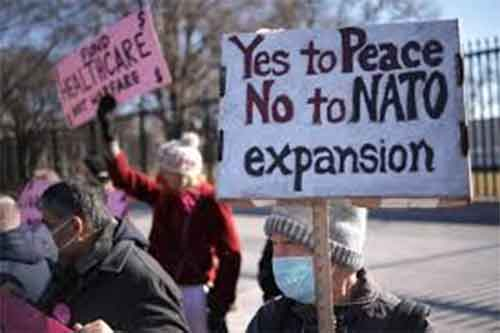
The defenders of Ukraine are bravely resisting Russian aggression, shaming the rest of the world and the UN Security Council for its failure to protect them. It is an encouraging sign that the Russians and Ukrainians are holding talks in Belarus that may lead to a ceasefire. All efforts must be made to bring an end to this war before the Russian war machine kills thousands more of Ukraine’s defenders and civilians, and forces hundreds of thousands more to flee.

